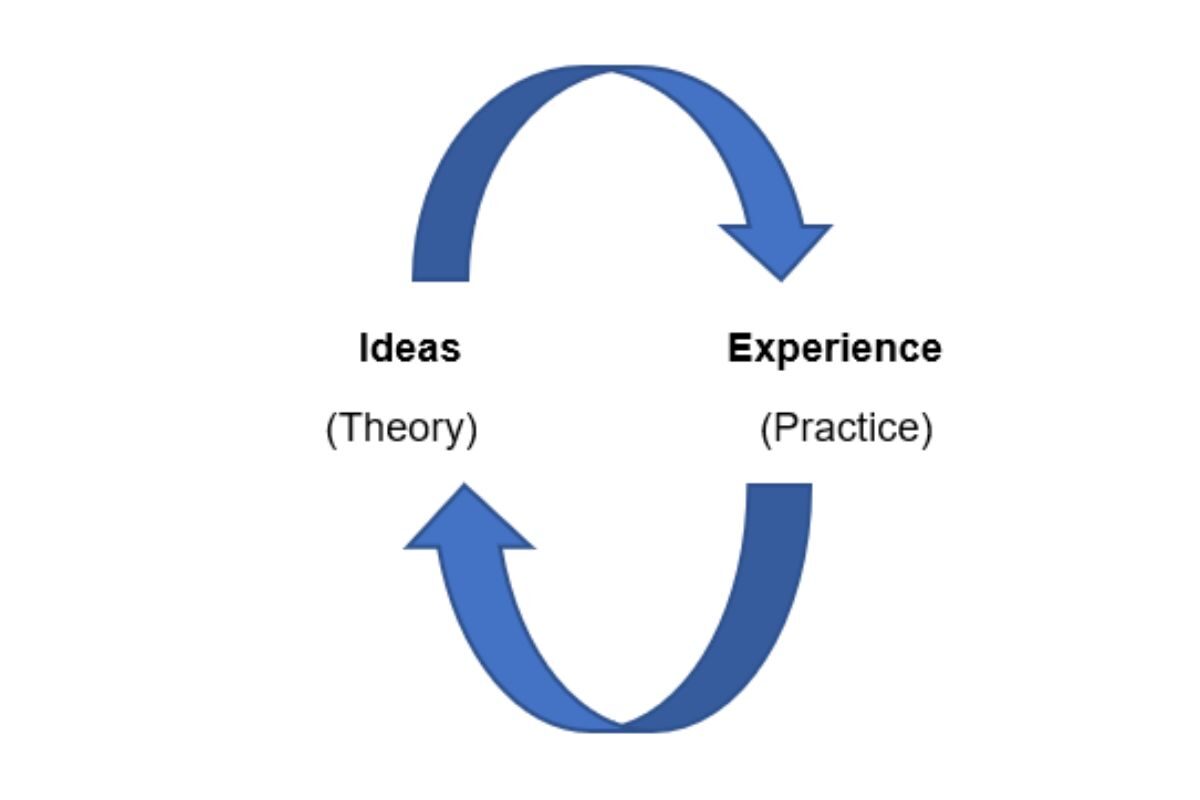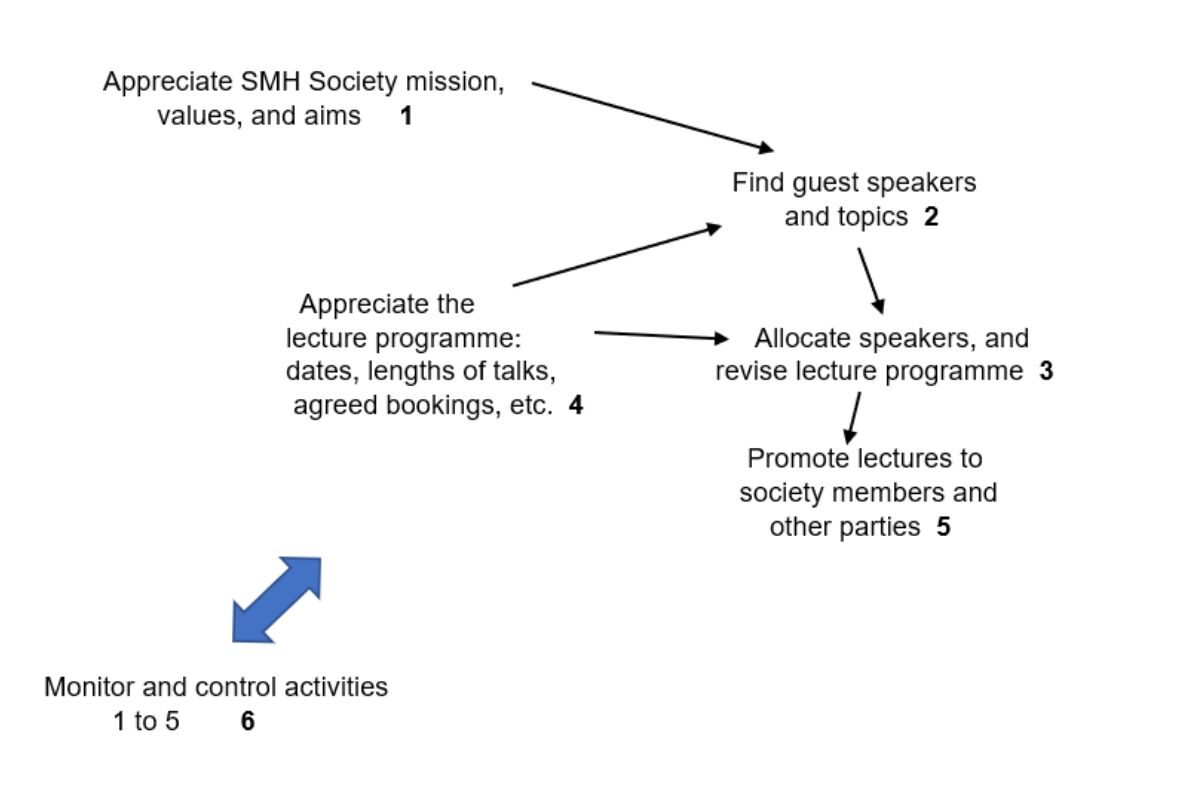A Life in Systems

Looking back in his valedictory lecture at Lancaster University (1), Professor Peter Checkland recalls career moves in the fifties and sixties, from the science tribe at Oxford University physics lab, where knowledge was prime, to the business tribe at ICI, whose emphasis was wealth creation, and finally, into the bookish university tribe, administrated rather than managed. His years at ICI included an introduction to the modish field of management science, albeit not a profitable introduction for Checkland, who believed the discipline’s mathematical models missed too much of the real world’s complexity.
Focusing on mathematical models to resolve, say, generic depot location problems meant management science took for granted the idiosyncrasies of particular people interpreting organizations (and their local issues) in unique ways. Mathematical models tend to exclude, inter alia, inter-department disputes or some frequently brusque treatment of support staff.
The swinging, flower-power sixties were also a decade that helped launch ‘systems thinking’: a culture of transistors, space exploration, commercial computers, and management by objectives. During this era, Lancaster University pioneered a radical new strategy via its Department of Systems Engineering, led by Professor Gwilym Jenkins. A statistician of international renown rather than an academic, Jenkins eagerly directed his staff into the real world to tackle clients’ problems on the spot by means of advanced mathematics. Peter Checkland joined the department in 1969 with a challenging brief: develop and teach to postgrads soft systems thinking, an approach for exploring opaque problems when clients had confessed uncertainty over what to do next. More recently, uncertainty appears to have tripped up Davos jet-set teams (2) who ranked ‘Geo-economic confrontation’ tenth (in last place) among serious risks to world economy, just one month before Russia’s invasion of Ukraine.
Whatever their philosophical differences, Checkland and Jenkins agreed ideas should develop in practice, illustrated in the valedictory by two concepts, each helping to create the other:

Consequently, when the Professor Checkland’s small teams ventured into factories, government departments and other settings, they were aware that ‘lessons’ from their investigations would be considered as a source for improving the new approach to enquiry Soft Systems Methodology, frequently abbreviated to SSM. This methodology supported investigation by drafting purposeful systems: linguistic models which would hopefully prove relevant to participants’ concerns, such relevance being tested via debate within the host organization. Do these notional systems help unravel the problematic situation and lead to modest improvement? In Lancaster’s thirty-year research programme, there was no assumption that any organization was a system of orderly parts but only that the introduction of rational sketches might stir better understanding and ideas conducive to change. This marked interpretive SSM as radically different from the earlier parent discipline systems engineering, whose focus was achieving well-defined technical goals; the history of NASA, Ford, and the Bell Telephone corporation all exemplify aficionados of systems engineering.
To illustrate Checkland’s learning process, consider the scenario of Sunderland Medieval History Society, whose sixty members include an elected committee of President, Secretary, Finance Officer, IT, Public Relations, and Membership. During the period September to April guest speakers provide one-hour lectures to members, typically delivered on the first Monday of each month. However, this programme has so far been tackled informally, raising concerns that topics are advertised late, and occasionally only marginally linked to members’ interests. A systems model of purposeful activity is sketched on A3 flip chart then shared with committee members as an aid to discussion. Members are advised that the model’s six linked activities do not claim to be part of their organization, even less a clever solution; rather, they merely display an explicit arrangement which at best will assist enquiry. In logic, it provides a programme of speakers whose topics concur with the society’s mission:

Now, while the above system is typed via Word, A3 flowcharts in real studies are written freehand to highlight their practical status as working documents, conjectures rather than final solutions. In some cases, strong agreement over the diagram’s relevance allows it to act as a base for an information system.
The most popular way of using SSM models has been to list model activities down the left-hand column of a matrix and ask participants to comment according to headings in the other matrix columns:
| Activity | How is this done? | Who is in charge? | How is performance measured? | What would count as an improvement? |
| 1 Appreciate SMHS mission | ||||
| 2 Find guest speakers and topics |
Participants involved with debating how the high-level model relates to the organisation may discover too little effort has been spent on the society’s manifestation of these activities. Regarding ‘hows’ in their organization, the high-level phrase Allocate speakers to lecture programme could be actioned via a notebook, personal diary, web page, or maybe a smartphone, the choice will be made to suit those caught up in the study. If existing committee members are remarkably busy, did the provision of speakers get handed over to a reluctant volunteer? Might the committee consider a fresh, part-time member from the society’s membership, and perhaps also encourage longstanding SMHS members to help check (activity 2) the suitability of speakers’ topics?
When SSM is adopted in democratic settings, participants should not be surprised when they hear constructive feedback. A ‘thumbs down’ to any one diagram allows it to be quickly discarded – folk can then press ahead in learning about and debating more important concerns. The methodology does not assume corporate objectives or the means to achieve them are obvious. Rather, our knowledge about heterogeneous society being somewhat limited, SSM facilitates robust parley over changeful relationships, whether primary school or NASA department, in situations where ‘defining the problem’ is itself proving to be problematical.
By Neil Richardson, Kirkheaton
- P B Checkland New Maps of Knowledge ISBN 1 86220 046 7
- L Halligan Rishi Sunak must reject Davos groupthink
Sunday Telegraph Business January 23, 2023











Responses